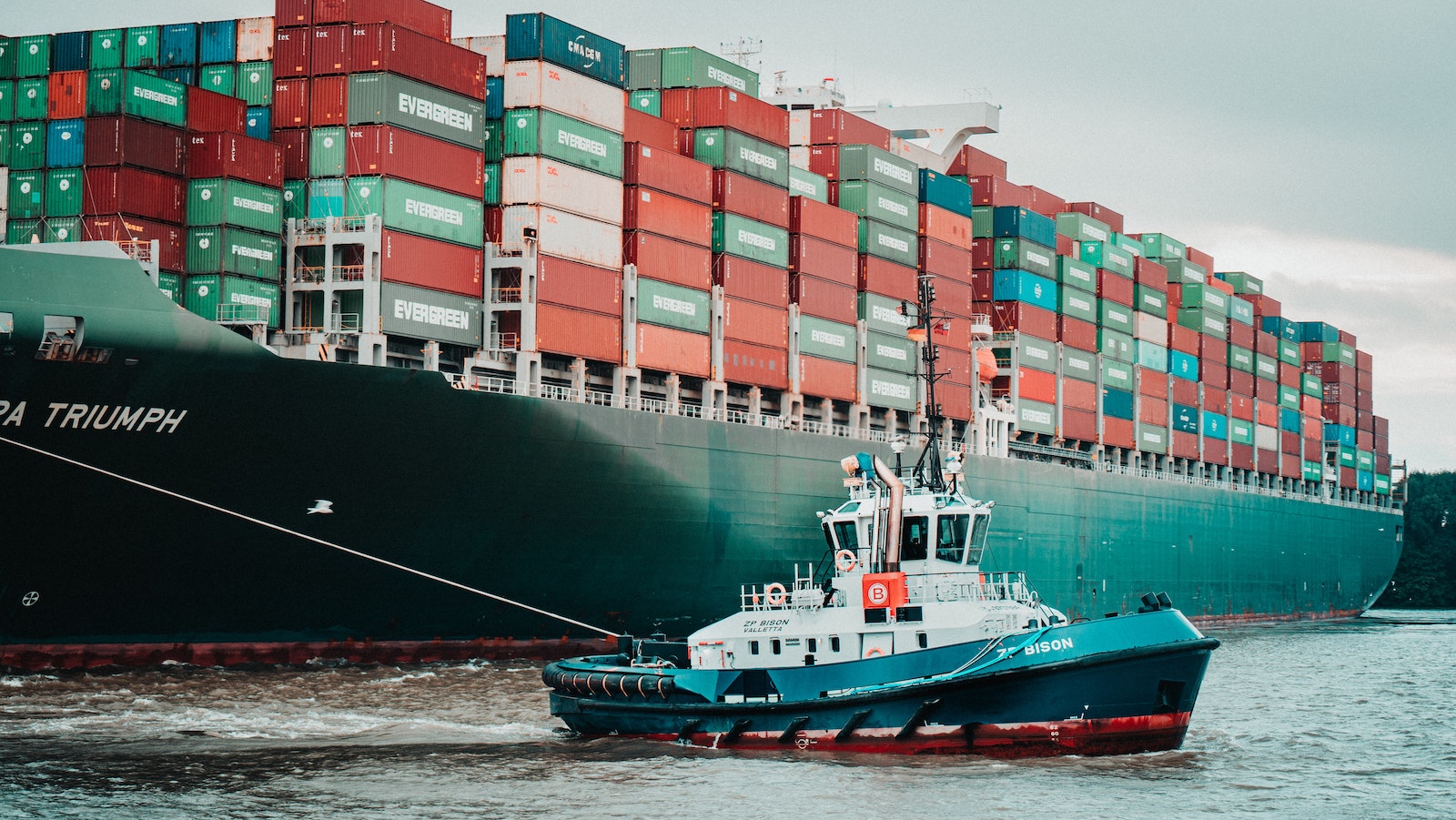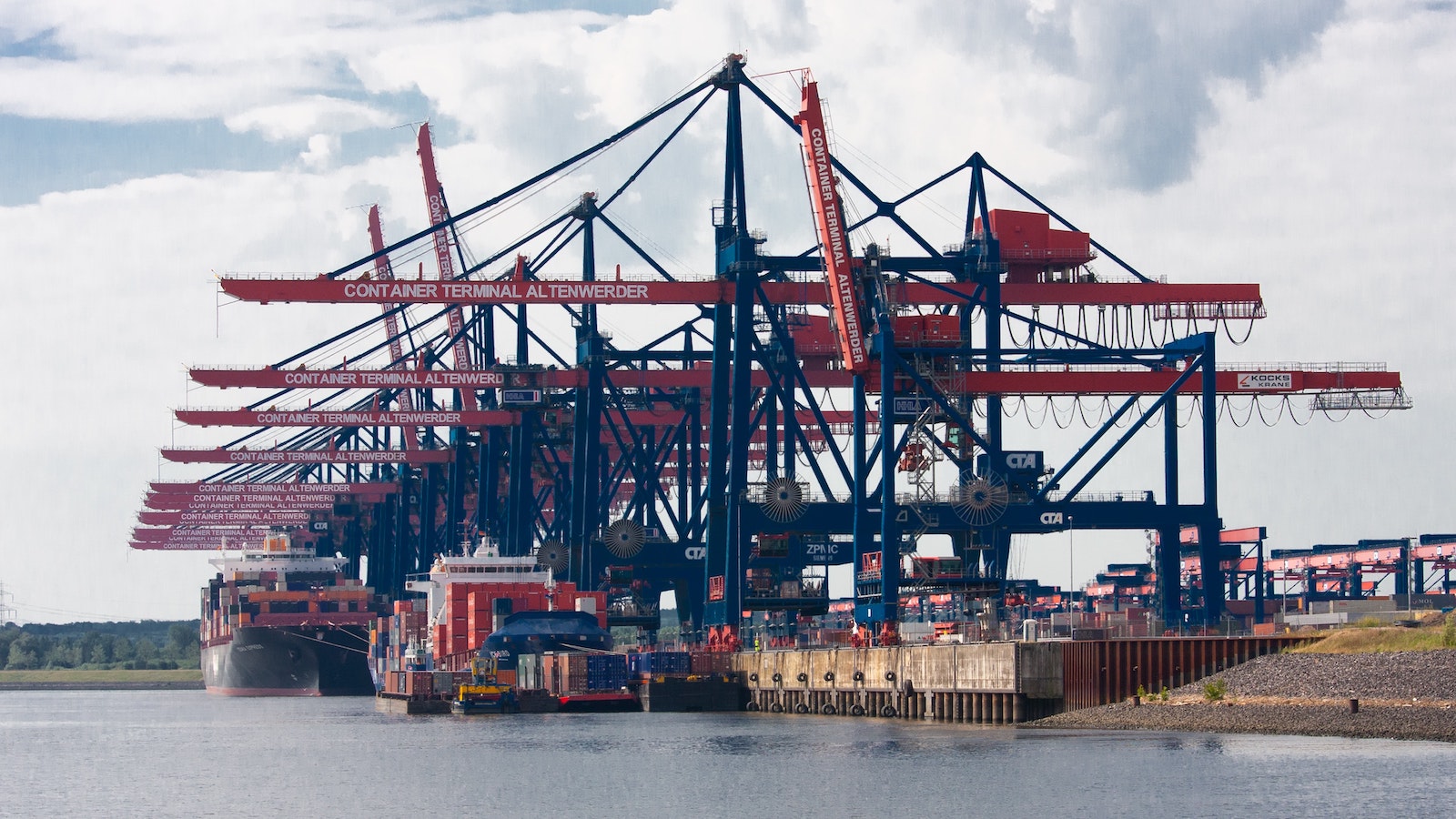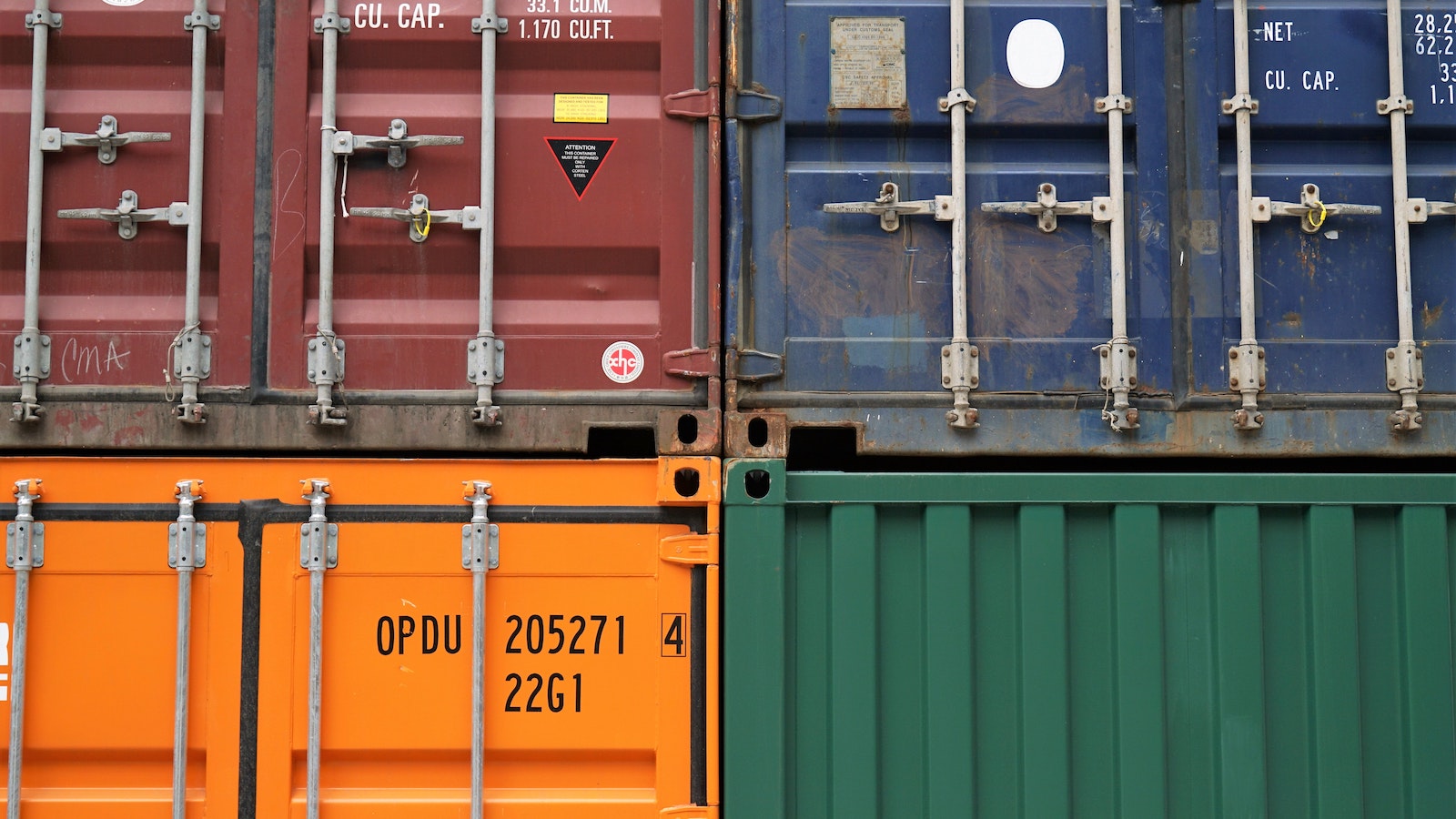Table of Contents
** Minutes
Parts of the small business supply chain
How supply chain disruptions are hurting small businesses
How small businesses can protect themselves against supply chain problems
How ShipBob helps small businesses strengthen their supply chain
For many small businesses, managing a supply chain is a struggle — even on a good day. Unfortunately, this leaves them particularly vulnerable to global supply chain issues like the COVID-19 pandemic or the Suez Canal crisis.
While it might seem that only retail giants, larger companies, and international conglomerates might be affected, these supply chain disruptions disproportionately impact smaller businesses. In the face of raw material and product shortages, international manufacturing and shipping delays, and increased costs (especially for freight shipping containers), most small businesses lack the infrastructure and funds that their larger competitors can fall back on — and as a result find it hard to prevail.
But are small businesses doomed? Absolutely not. As the pandemic waves continue, small businesses are developing strategies to shape more resilient supply chains.
In this article, you’ll learn about the different supply chain stages, how disruptions in these stages are hurting small businesses, and practical tips and improvements to implement to help protect your small business from supply chain problems.
Parts of the small business supply chain
While every supply chain is unique, there are some elements that most have in common. Small business supply chains typically include the following part:
Product sourcing
Most supply chains begin with sourcing (also called procurement), which involves identifying and assessing suppliers that will provide your business with the goods and supplies it needs to operate.
These goods may be anything from raw materials (or production inventory) used in manufacturing to finished goods that are ready to sell to the end consumer.
Transportation logistics
The logistics of physically moving goods from suppliers to your storefronts, warehouses, or fulfilment centres is the next important element in the supply chain. Transportation logistics help ensure that products reach the right places at the right time, so they are ready to be delivered to a customer when an order comes in.
Small businesses can use a variety of methods to transport products. Depending on where you source your materials or products, you may want to consider ocean or air freight to move products from your supplier to your warehouses. When shipping orders to customers, ground shipping or expedited air shipping are both popular options (with shipping cost and speed being deciding factors).
Warehousing and inventory
Typically, manufacturers ship materials or goods to a business’s warehouse, where it is received and stored on a racking system.
In an efficient warehouse, inventory is both organised (with every unique SKU having its own place) and strategically designed to utilise space as economically as possible. Once inventory is stored, small business owners must track inventory levels as individual items are picked for orders.
With the right system and technology in place, this inventory management helps maintain optimal inventory levels at all times, ensuring that your supply chain functions smoothly and faces minimal disruptions.
Fulfilment and delivery
Once an order is placed, that order must be fulfiled and delivered to the end customer. This includes processing the order, picking the requested inventory units from warehouse shelves, packing them in a box, and shipping that box to the customer with the help of a last-mile carrier. Optimising this process ensures that orders are picked, packed, and delivered quickly and accurately.
“Compared to other warehouses we’ve worked with, ShipBob processes orders so quickly to get them out the door faster. ”
Harley Abrams, Operations Manager of SuperSpeed Golf, LLC
How supply chain disruptions are hurting small businesses
Disruptions to any of these supply chain components can have a serious impact on small businesses. Here are some common issues that result from supply chain disruptions, and how they affect small businesses.
Lack of product availability
During difficult times, a disruption in the supply chain may result in supplier delays and product shortages across entire verticals — but because small businesses tend to have fewer supplier relationships, they are at a disadvantage against larger competitors when it comes to procuring inventory.
With fewer or no products to sell, small businesses will see their cash flow interrupted, which could leave them struggling to keep the business running. In some cases, they may even end up losing valuable customers due to frustration over stockouts and backorders caused by the shortage.
Rising costs of goods
Whether it’s due to limited product availability or challenges in transportation, disruptions often lead the cost of procuring, producing, and transporting goods to skyrocket in the short-term, and sometimes remain higher long-term.
Unlike larger businesses that have capital to spare, small businesses often have to work with smaller capital and limited cash flow, so they can’t afford these increased costs. This leaves small business owners and entrepreneurs to face difficulties replenishing inventory and keeping their supply chain moving.
“Even when evaluating other 3PLs, ShipBob was by far the easiest, most reasonably priced option with the nicest, most genuine people. Other 3PLs gave me confusing pricing with many per-item fees, which were hard to grasp and calculate ultimate costs.
Thinking big picture, it was an incremental cost for me to ultimately sell a lot more. My business has tripled and I got my life back.”
Anastasia Allison, founder of Kula Cloth
Lack of supply chain management expertise
With smaller budgets and limited resources, small businesses rarely have experienced supply chain professionals on their team who can help protect them against disruptions like the COVID-19 pandemic.
First-time entrepreneurs are especially unprepared to face the challenges resulting from these disruptions, as they simply lack knowledge and experience to navigate disasters effectively.
Unless they have access to a vetted industry partner or 3PL, it is much harder for these small businesses to stay afloat, even as supply chain issues settle down.
How small businesses can protect themselves against supply chain problems
As small businesses are more susceptible to facing severe consequences resulting from supply chain disruptions, it’s important to take strategic precautions to protect themselves against these issues.
Here are some actionable strategies to help carry startups, small companies, or small retailers through tough times.
Use inventory & demand forecasting to make smart purchasing decisions
Being proactive rather than reactive helps mitigate many issues in a supply chain. In particular, forecasting demand and inventory is a great way to insulate your business from product shortages.
By estimating future consumer demand for different products and ordering inventory accordingly, small business owners better prepare themselves for shifting trends (especially during the holiday season) and can more readily adapt their strategies according to the current situation.
You can use advanced analytics tools to anticipate demand and forecast your inventory requirements using historical data on purchasing rates, inventory turnover, and seasonal trends. This enables you to make smarter purchasing decisions, avoid spending money on inventory that won’t sell, and keep optimal inventory levels in your stores and warehouses.
Find alternative suppliers
Relying too heavily on the same suppliers can become problematic when those suppliers are unable to meet your procurement demands during product shortages or trade blockages. In order to quickly get inventory back on shelves quickly, it’s crucial to find alternative suppliers to tide your business over.
This has become a lot easier for small businesses, as there are plenty of online resources to find new suppliers. For example, sites like Alibaba, GlobalSources, and DHGate give you access to a massive database of reliable suppliers from different parts of the world. These websites will let you narrow down on the right suppliers based on product category and other search criteria.
Alternatively, you can opt to source your inventory through local businesses or suppliers. This is a great way to gain better control over your supply chain, and helps keep supply chain costs low while also reducing environmental impact.
Outsource your logistics
For many small businesses, a lack of resources and talent can make it challenging to manage logistics efficiently. Unfortunately, this renders them more susceptible to supply chain challenges, as they don’t have the expertise and tools necessary to respond effectively.
Outsourcing your logistics operations can help you solve many of these challenges because it lets you leave the complicated tasks to the experts. Besides fulfilment and delivery, there are plenty of logistics processes that can be outsourced including customs clearance, import and export documentation, shipment consolidation, and product packaging.
Warehouse management and inventory management processes are also popularly outsourced to third-party logistics companies. Many 3PLs even offer advanced technology to provide you with shipment tracking and customer demand forecasting, which play a vital role in streamlining your supply chain.
“One of the biggest advantages of ShipBob is that you don’t have order minimums. You don’t have to commit tens of thousands of units, so start small, and ShipBob will grow with you.”
John Greenhalgh, Co-Founder of A Year of Dates
How ShipBob helps small businesses strengthen their supply chain
ShipBob helps you strengthen your supply chain by letting you outsource all aspects of your fulfilment and inventory management.
As a tech-enabled 3PL, ShipBob’s fulfilment services are designed to help small to medium-sized DTC ecommerce brands hand off order picking, packing, and shipping to experts, freeing up time and energy for you to grow your business.
Once you send ShipBob your inventory, we’ll store it for you in one or multiple of our dozens of strategically placed fulfilment centres. Using our inventory management software across our fulfilment network, you’ll have full visibility into your inventory status so you can keep track of inventory levels at different fulfilment centres at all times.
ShipBob’s dashboard also provides advanced analytics that will enable you to make better inventory decisions with the right data. With it, you can track historical data to help you forecast demand, access real-time inventory counts to time replenishment effectively, and receive automatic reorder point notifications to reduce stockouts and backorders.
With these tools, ShipBob has enabled ecommerce brands like Touchland to scale rapidly while maintaining quality — and their owner’s sanity. A disruptor in the hand sanitiser market, Touchland had 34,000 waitlisted customers during the first weeks of the pandemic and 700 orders per day during its early days.
Partnering with ShipBob was critical to successfully fulfiling this swell of orders, and Touchland was able to grow their business by 1,200% during the first couple of weeks. ShipBobs picking, packing, and shipping services facilitated 2-3 day delivery for any customer in the US at the height of demand, and distributing inventory throughout Shipbob’s fulfilment network gave them a seamless supply chain resilience in bad weather.
“We sell flammable goods that need to be shipped via ground, so ShipBob has been a great ally as they have fulfilment centres all over the US, facilitating a 2-3 day delivery time for any customer in the US.
This is helpful especially when weather challenges happen; being able to have different locations to ship from allows for a more seamless supply chain.”
Andrea Lisbona, Founder & CEO of Touchland
Small business supply chain FAQs
Here are answers to the most common questions about small business supply chains.
How do I set up a small business supply chain?
Setting up a small business supply chain requires thinking through and securing several important functions, such as procurement, transportation logistics, warehousing, inventory management, fulfilment, and delivery.
Do small businesses need supply chain management?
Small businesses can highly benefit from good supply chain management, as it enables them to effectively procure, sell, and deliver their products while minimising disruptions that slow the supply chain.
Can ShipBob help small businesses with their supply chain?
By handling vital fulfilment and inventory management processes such as storage, order processing, picking, packing, and shipping, ShipBob helps small businesses to strengthen and streamline their supply chain. ShipBob’s proprietary software suite offers real-time visibility into these processes, while providing key data to support optimal demand and inventory planning.
How can a small business optimise their supply chain?
A small business can optimise its supply chain by forecasting demand accurately, making smart purchase decisions, finding alternative suppliers, and outsourcing their logistics to a 3PL like ShipBob.



